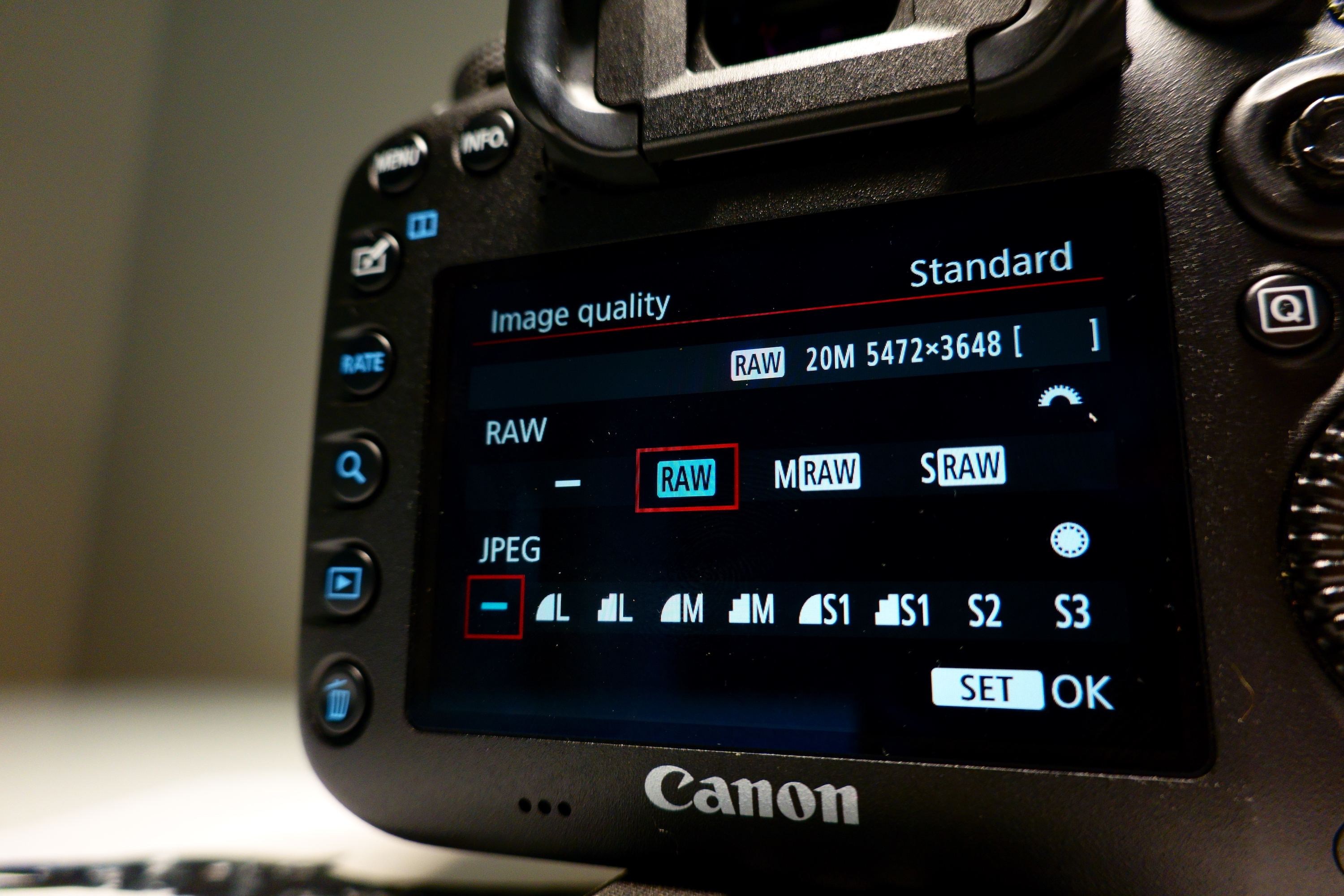
Whenever I am about to embark on a vacation, an afternoon trip to the zoo, an early morning hike, or just about anywhere I take my camera, the question of whether I should shoot RAW photos always comes up in my head.
For a while now, I have always shot my photos in the RAW format, which in the most simplest terms means I am shooting photos that have not undergone any processing by the camera. I am a tinkerer and I always like getting the best quality from my shots, and being able to adjust settings to my liking in post has been a benefit to me. That’s the advantage of shooting your pics in the RAW format. That being said though, the huge downside of shooting RAW is time, and specifically the processing of all the raw photos that I gather when I am out and about.
For those of you who are new to photography or you have recently acquired a new camera, you will soon be faced with this decision as well. The RAW vs JPEG decision. Believe it or not, I still have RAW photos from 2018 that are just waiting for me to process and I will get to them. Every situation does not require RAW, but chances are, if I think that I am going to be in a high contrast situation, I will most likely be shooting RAW. I normally want to have the most control over my dynamic range which is basically having control from the brightest to the darkest areas of a photo.
The benefits of manipulating, stretching, pulling the color information, as well as performing contrast, sharpening, and noise reduction after taking the photo are great, no doubt about that.
For a quick tip as well for shooting in JPEG, your camera will have “User settings” where you can set and adjust your in-camera settings so that when you take JPEG format photos, you won’t have to take them into post and process them.
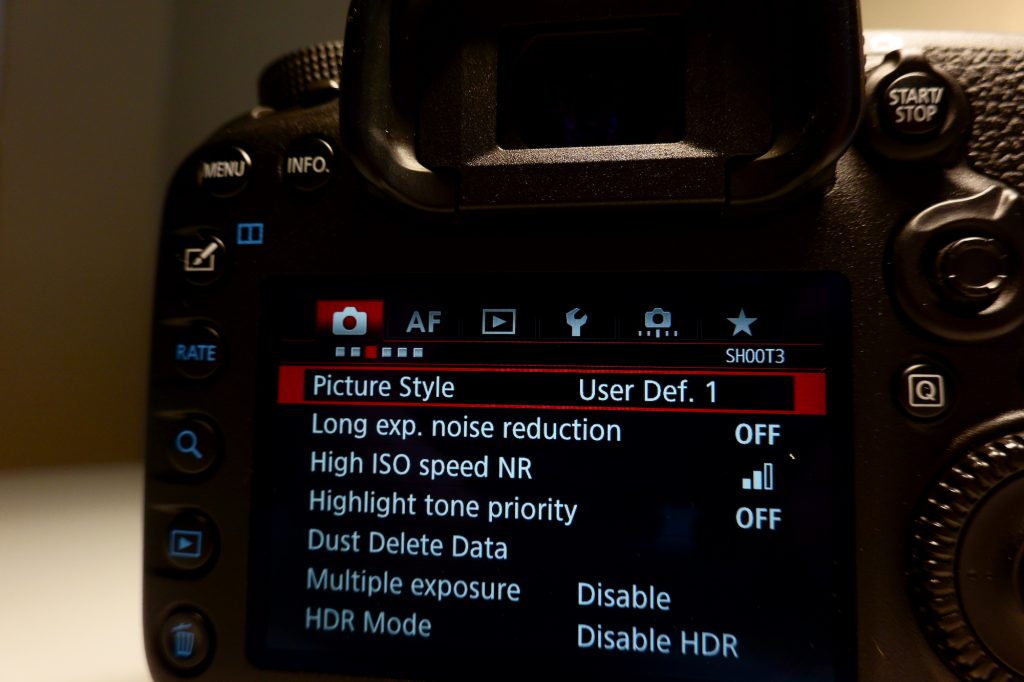
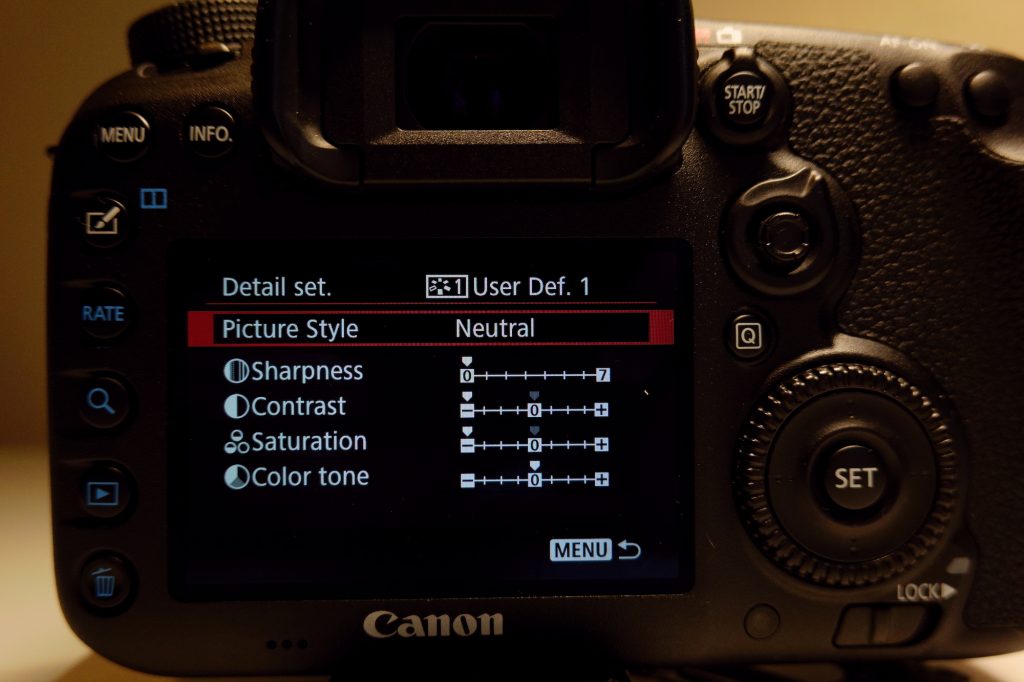
This year I took a trip to Ireland and Northern Ireland and as you can imagine, I took lots of photos and just for comparison’s sake, here are a few photos from the Cliffs of Moher on the western coast of Ireland. I did not do a ton of manipulation to the colors and contrast, but it definitely helped with the highlights and shadows. These photos show them in the RAW format on the left, and then the same photo, after editing in post.
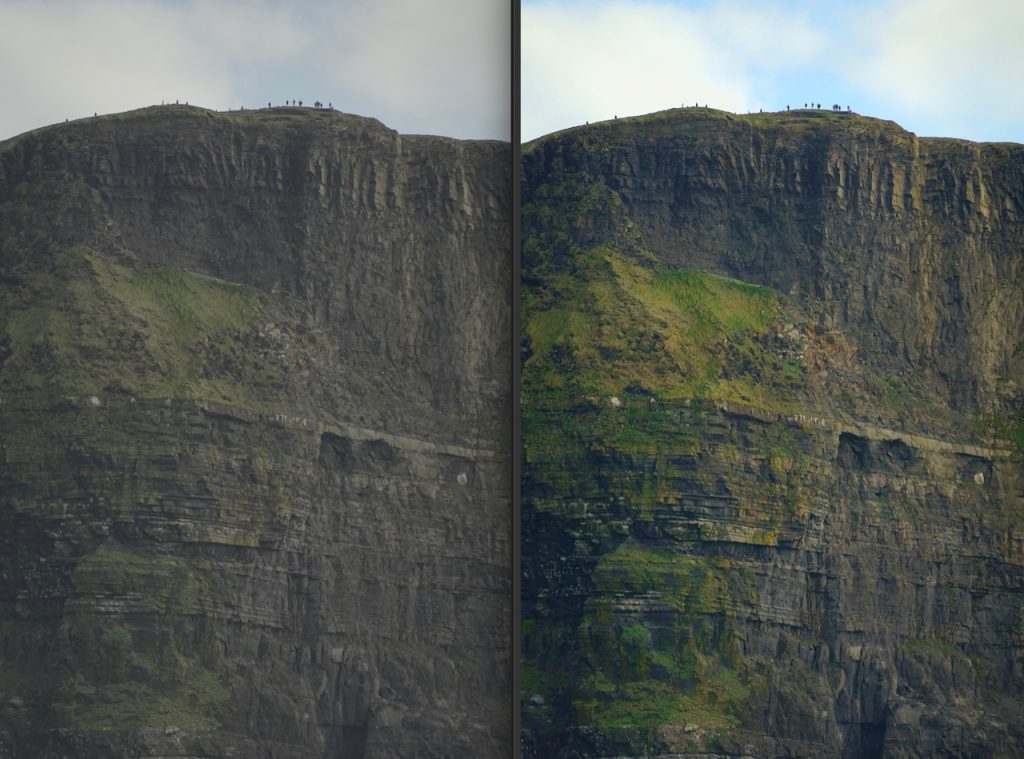


If you have yet to shoot in your camera’s RAW format, I urge you to explore it, and see if you can incorporate it into your workflow. But like anything else, it is not for every situation.
Here are a few areas to think about in regards to shooting your photos in RAW versus JPEG.
- Time. Processing photos takes time, and lots of it. If you would rather not be spending your time doing that, or you don’t have the patience, shoot JPEG and let the camera do the heavy lifting.
- Space. The space of your memory card. Shooting RAW photos will take up much more space on your card than shooting JPEG. If space is a factor, you will want to shoot JPEG.
- Burst. If you are shooting sports or fast action, and you need to capture a lot of photos at one time, in a really short span of time, shooting in JPEG will allow you to do that. Shooting RAW images in a burst mode will slow your camera down, limiting the amount of photos in a burst sequence.
- Sharing. RAW images are data hogs and come with large file sizes and often need proprietary software from your camera’s manufacturer or at the very least, very specialized software such as Adobe Lightroom to turn that RAW data into a format that you can use for sharing. You will not need to do that if you shoot JPEG. You can share JPEG’s much more easily than RAW photos.
I’d love to hear your thoughts on shooting RAW or JPEG in the comments.


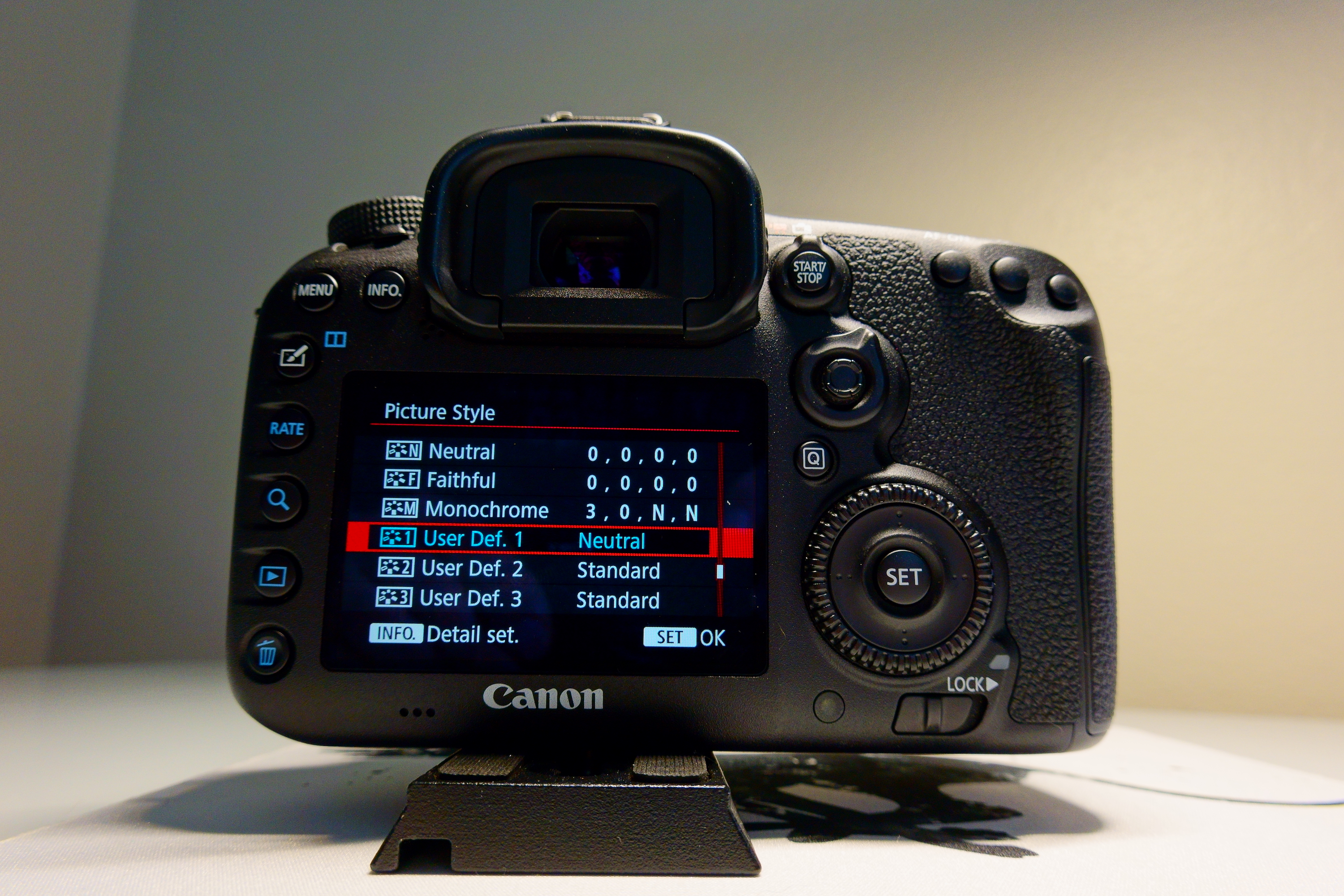
Recent Comments